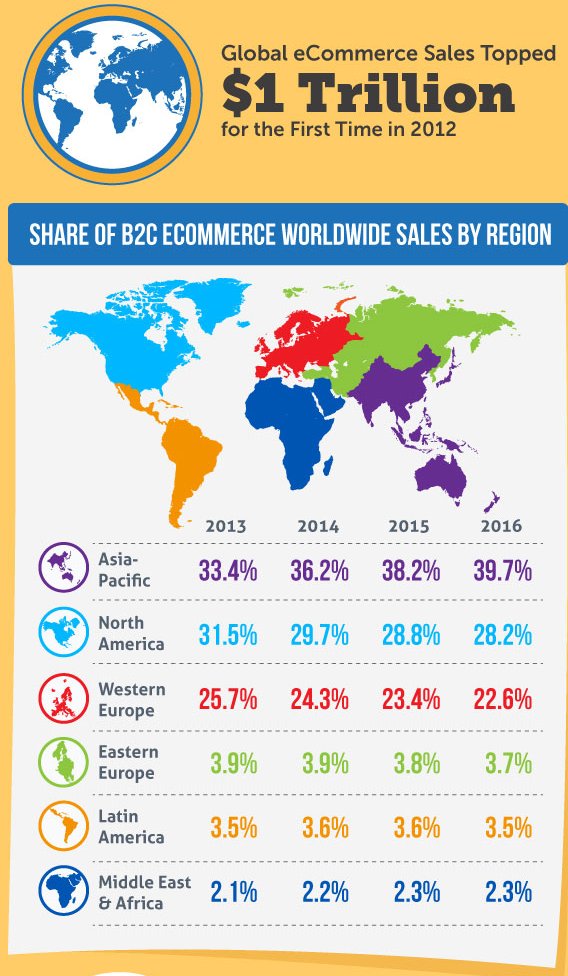Yesterday, Forrester analyst Zia Daniell Wigder wrote a very interesting and thought provoking post on Early-Stage eCommerce Markets. I agree with Zia on her 4 main points for an early stage ecommerce market:
- Purchase decisions are made largely based on price
- Online purchases are dominated by consumers in tier one cities.
- Cash on delivery rules.
- Mobile phones are many consumers’ first point of connectivity.
On the point over mobile – I am torn as early adopters in general will first visit a website via their desktop but with the early-stage markets (Pakistan, Sri-Lanka, Uganda, Ivory Coast) mobile is the way in which all users access the web. However, truth be told mobile commerce is ultimately a player in all markets (early-stage, developing and mature) as the technology is still an unknown for most businesses.
After thinking about those 4 initial themes, there are a few themes I would add to her post:
- Low user trust – In early stage ecommerce markets, user trust of platforms is low thus escrow and cash on delivery is used. This is seen in both India, Russia and China.
- No clear defined market leaders in horizontals or verticals – In all early stage ecommerce markets I note that there is no local defined market leader that all users are aware of. Thus the ability to enter the market exists and this is where Rocket Internet aims there efforts.
- Logistics is a challenge – Initially all users are needed to use a handful of logistics providers as the global players (DHL, UPS and Fedex) may not to be an option for merchants due to high costs.
- Low credit card penetration – I found this to be the case in most early stage ecommerce markets with Turkey being the exception to this. India, Africa and the Middle East are currently battling this specific market growth deterrent. I am fully aware that this point is not new but ecommerce and online commerce is ultimately built on the premise that you can transact over the web via bank issued cards.
- Not many Global ecommerce investors are seen in these markets – MIH/ Naspers, Tiger Global, Rakuten and others are not really seen in these early stage markets as they believe that the markets are investment heavy. They wait for further growth before starting to invest. Rocket Internet is the counter argument here (with all of their multiple rounds of investment).
As the market moves into becoming a developing market, dominant businesses are starting to be seen; User trust is earned through education and repeat positive results for users. Logistics are then either invested in or the big 3 (DHL, UPS and Fedex) are seen in markets. Also investors are then starting to speak to businesses to ensure that they can be part of a growing ecommerce ecosystem.
In a mature market (UK and US) – all of the first 4 items are resolved by businesses that are used by millions of users. The investors then start with exits as the potential to make return on their investment are almost impossible. In the graphic below you can see where the future of ecommerce is in geographic terms.
The above image is seen here: Invesp

